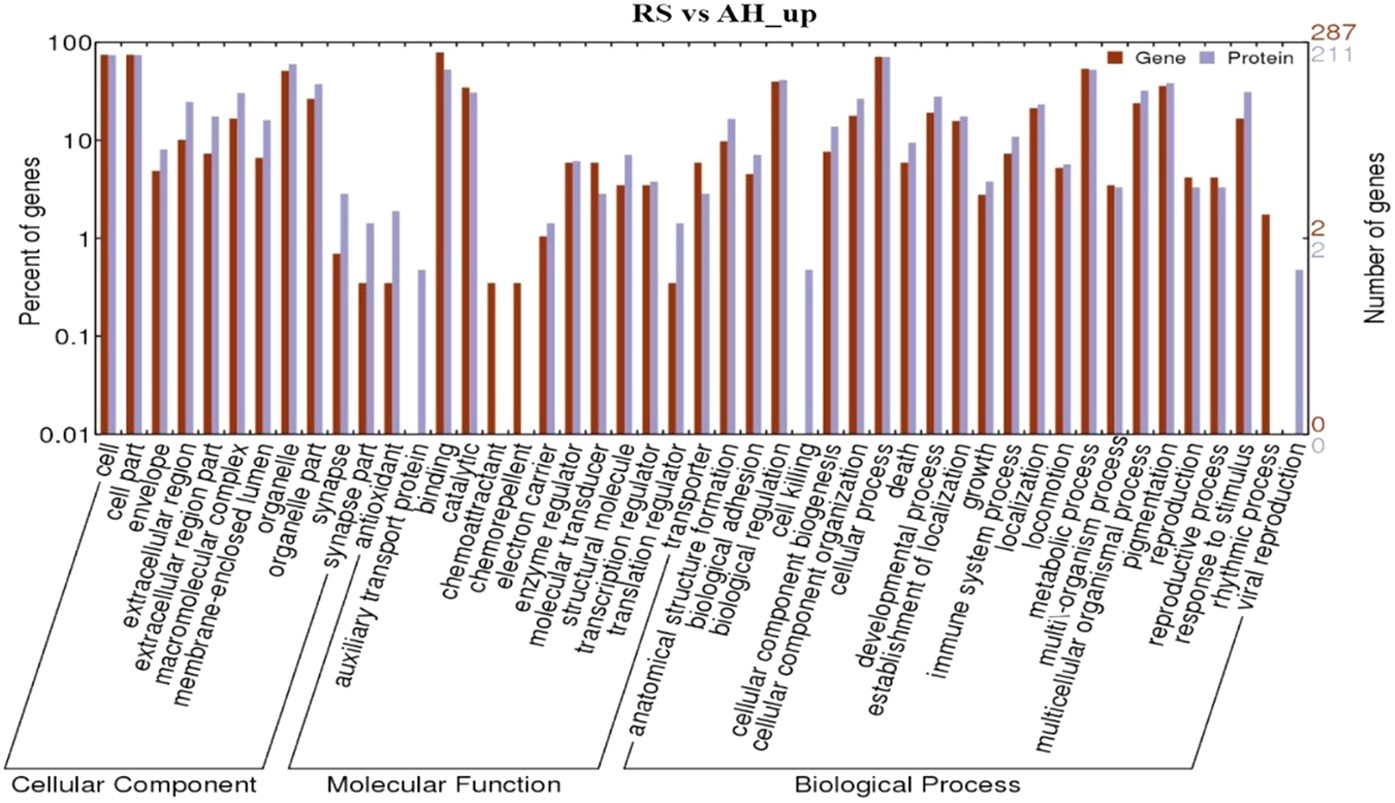

4 Differentiating between GER and GERD lies at the crux of the guidelines jointly developed by the North American Society for Pediatric Gastroenterology, Hepatology, and Nutrition and the European Society for Pediatric Gastroenterology, Hepatology, and Nutrition. GER, defined as the passage of gastric contents into the esophagus, is distinguished from gastroesophageal reflux disease (GERD), which includes troublesome symptoms or complications associated with GER. 3 It is, therefore, not surprising that strongly evidence-based guidelines incorporating state-of-the-art approaches to the evaluation and management of pediatric GER have been welcomed by both general pediatricians and pediatric medical subspecialists and surgical specialists. 1, 2 In addition to seeking guidance from their pediatricians, parents often request evaluation by pediatric medical subspecialists. Gastroesophageal reflux (GER) occurs in more than two-thirds of otherwise healthy infants and is the topic of discussion with pediatricians at one-quarter of all routine 6-month infant visits. Finally, attention is paid to increasing evidence of inappropriate prescriptions for proton pump inhibitors in the pediatric population. Recent black box warnings from the US Food and Drug Administration are discussed, and caution is underlined when using promoters of gastric emptying and motility. Surgical therapies are reserved for children with intractable symptoms or who are at risk for life-threatening complications of GERD. Lifestyle changes are emphasized as first-line therapy in both GER and GERD, whereas medications are explicitly indicated only for patients with GERD.

Accordingly, the evidence basis presented by the guidelines for diagnostic approaches as well as treatments is discussed. A key issue is distinguishing between clinical manifestations of GER and GERD in term infants, children, and adolescents to identify patients who can be managed with conservative treatment by the pediatrician and to refer patients who require consultation with the gastroenterologist. This clinical report endorses the rigorously developed, well-referenced North American Society for Pediatric Gastroenterology, Hepatology, and Nutrition guidelines and likewise emphasizes important concepts for the general pediatrician.

The ability to distinguish between GER and GERD is increasingly important to implement best practices in the management of acid reflux in patients across all pediatric age groups, as children with GERD may benefit from further evaluation and treatment, whereas conservative recommendations are the only indicated therapy in those with uncomplicated physiologic reflux. Recent comprehensive guidelines developed by the North American Society for Pediatric Gastroenterology, Hepatology, and Nutrition define the common entities of gastroesophageal reflux (GER) as the physiologic passage of gastric contents into the esophagus and gastroesophageal reflux disease (GERD) as reflux associated with troublesome symptoms or complications.


 0 kommentar(er)
0 kommentar(er)
